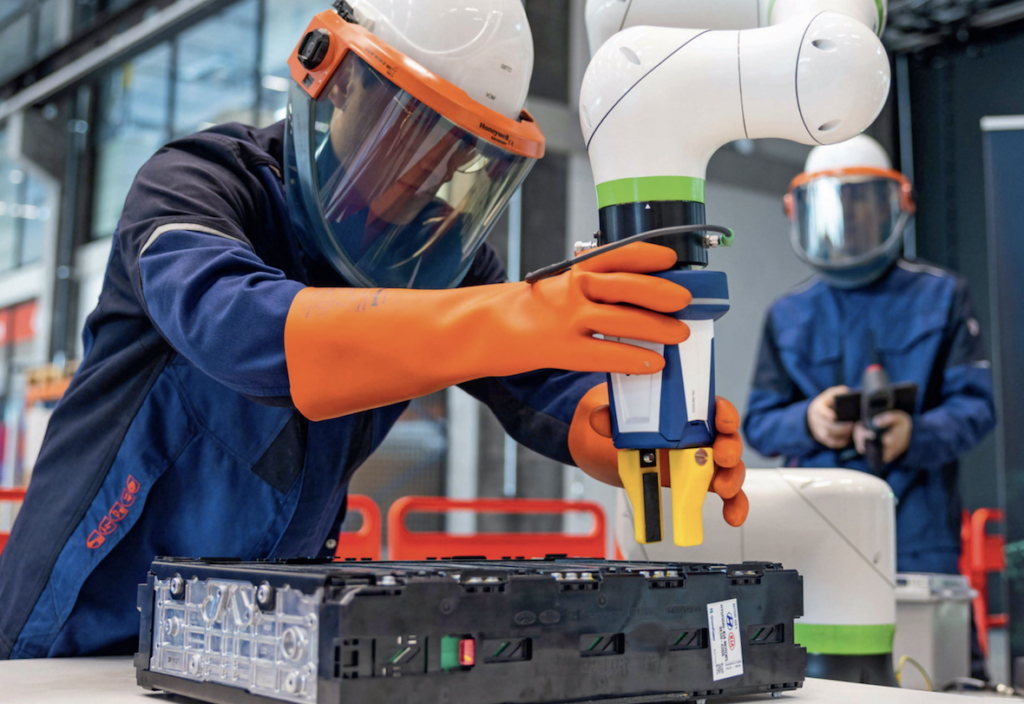
CSEM engineers use a bat detector to spot defects in production equipment
15 February 2022

CSEM teamed up with four Swiss companies to develop an inspection system initially designed to detect bats that can spot and predict defects in production equipment.
Wear and tear on production equipment can manifest in a variety of ways: pressure leaks, friction, overheating or unusual vibrations, for instance. These can be signs of defects which, if not repaired in time, can cause major disruptions to production lines. The challenge for plant operators is to spot these defects, but without having to shut down the equipment or the entire plant.
To help resolve this problem, CSEM teamed up with Aurovis, KNF Flodos, maxon and Schurter to develop an autonomous predictive-maintenance system that can inspect production equipment as it operates and flag potential failures before they happen. The system sends out instant alerts if it detects any sort of anomaly.
After over two years of joint R&D, the project team has now unveiled its device. It consists of high-precision sensor technology coupled with an easy-to-use software program.
CSEM contributed its expertise in this area, including its Vision Automation Robotics Designer (VISARD) application, which allowed the engineers to analyze existing data and develop their versatile AI-based program. To use the new inspection system, a plant operator just needs to run the program for a few hours at the plant to collect data, with the equipment running normally.
The four companies involved in the project brought their respective expertise: Aurovis is specialized in robotics and image-processing systems; KNF Flodos supplies diaphragm pumps; maxon has developed a range of drive systems; and Schurter AG provides electronic components. These firms supplied the CSEM engineers with key parts including a robotic arm, a conveyor belt, pumps, control systems and motors.
An increasingly common approach in the transition towards Industry 4.0
Because plant operators aren’t always able or allowed to use existing sensors to collect data on production equipment, the project team came up with an original workaround: they repurposed a sound sensor originally designed to detect bats.
These sensors are installed near wind turbines to detect the ultrasonic signals emitted by bats. If a sensor picks up such a signal, it triggers a series of algorithms that halt the turbine so as to avoid injuring the animal. During tests on the robotic arm, the sound sensors were able to identify up to 80% of equipment anomalies, with no other signals to go by. The next step will be to pilot test the new inspection system under real-world conditions.
“Approaches like ours will be increasingly common as we transition to Industry 4.0,” said Mario Russi, senior R&D engineer in robotics and machine learning at CSEM. “This kind of technology will improve the reliability of entire production lines considerably and help manufacturers stay competitive.”

